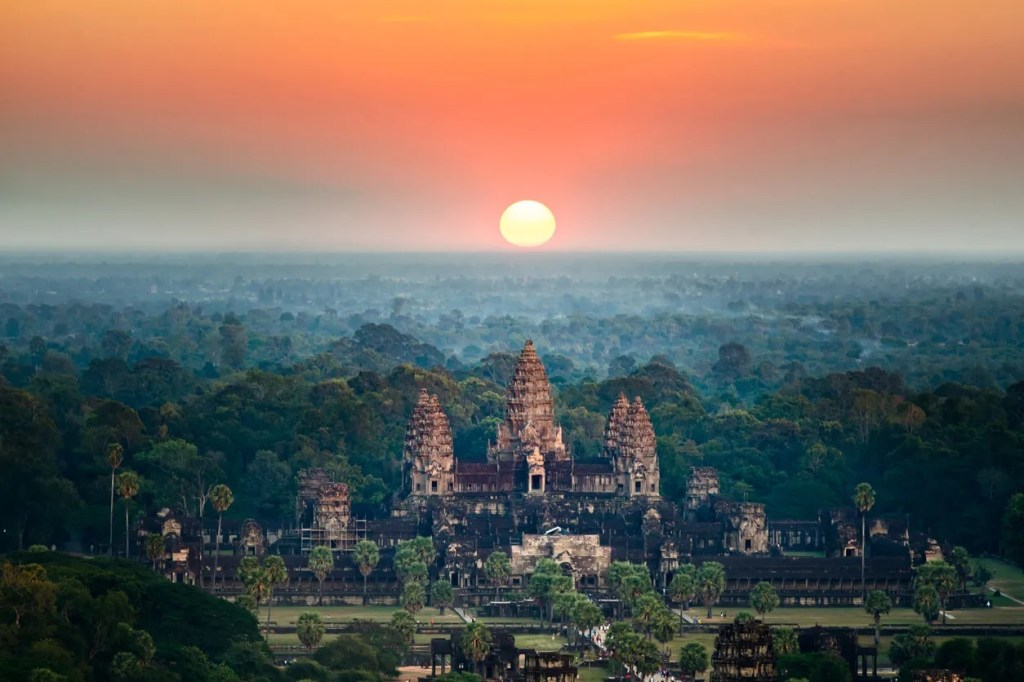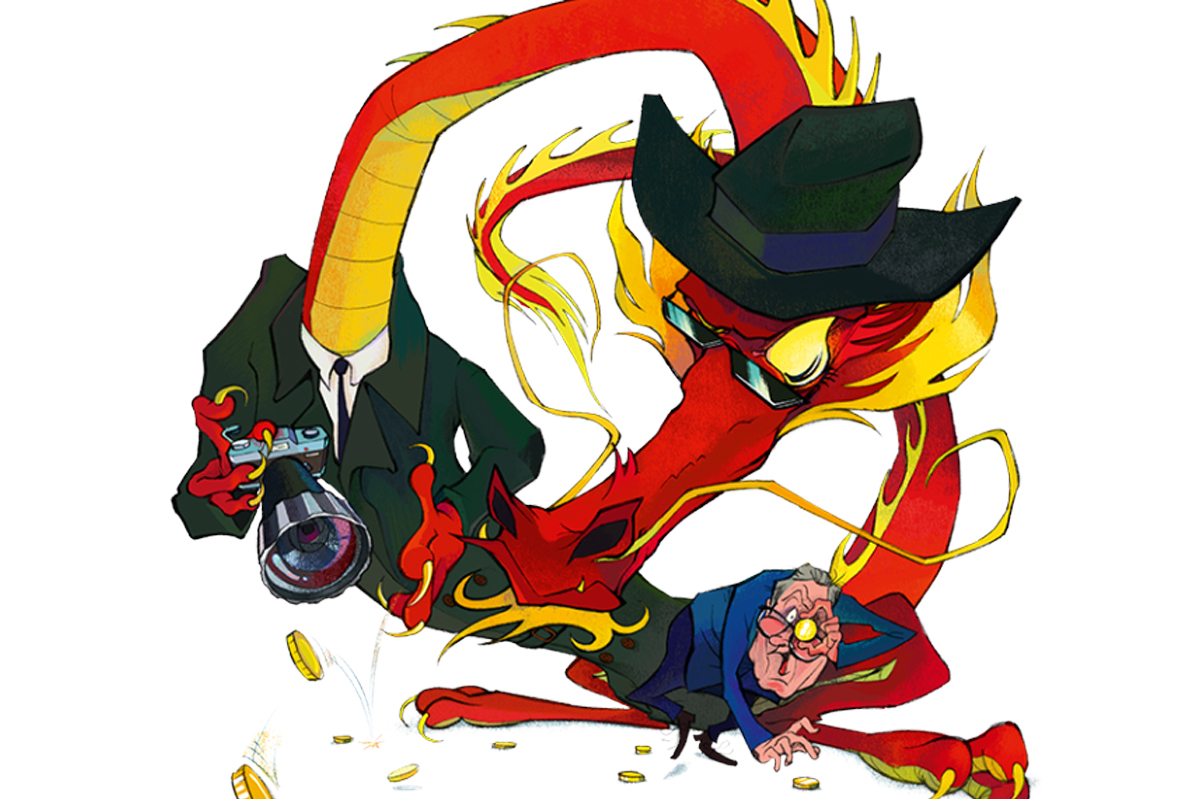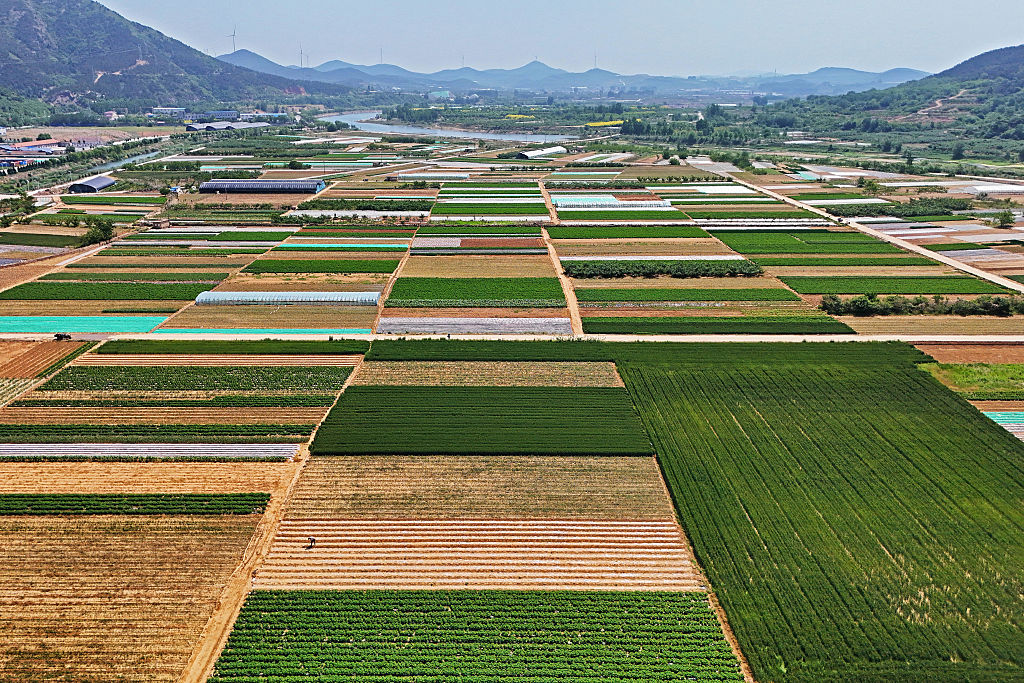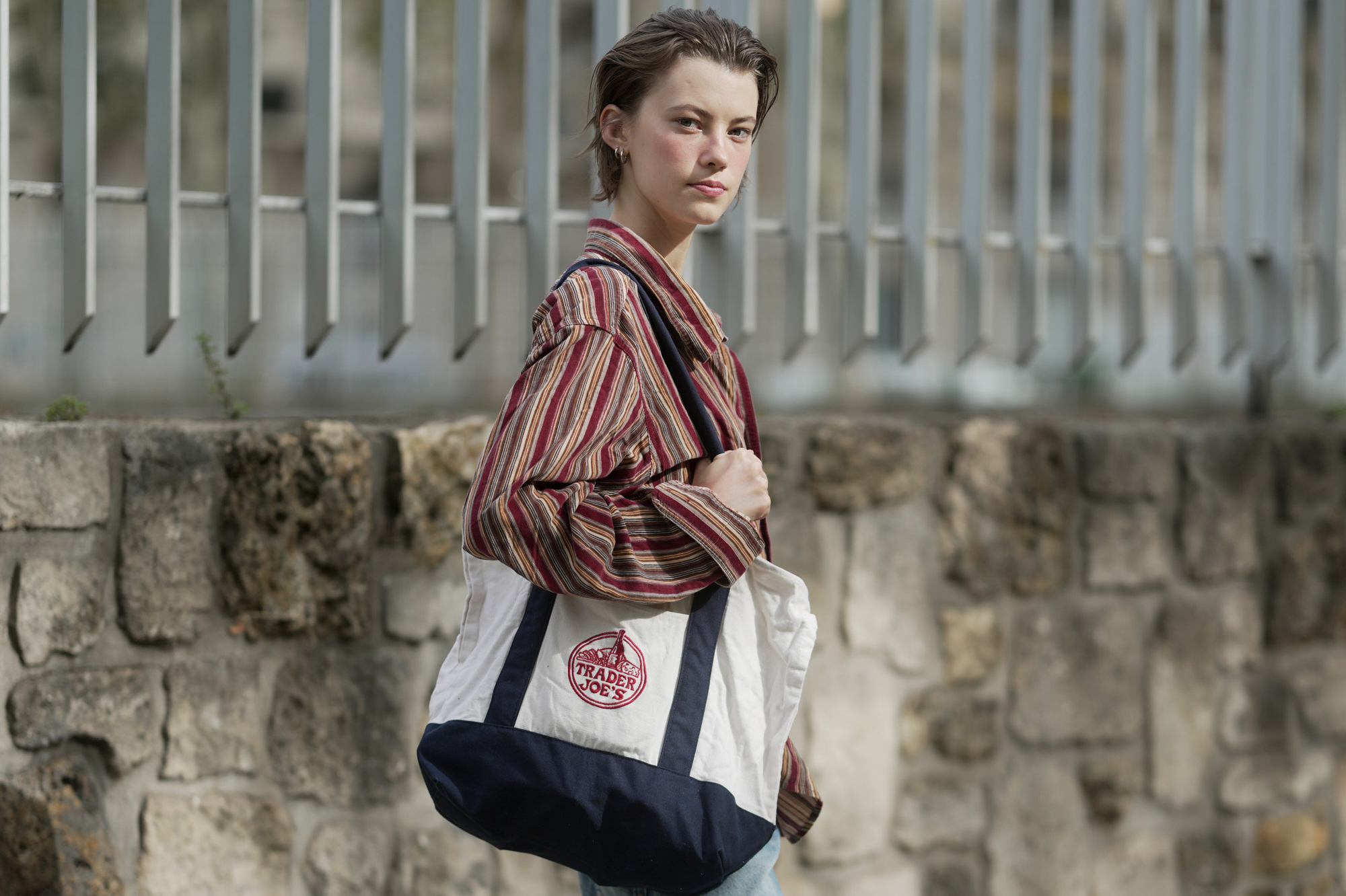Yeah, I know, ridiculous. Cambodia? How can that be the best country in the entire world? For a start, most people can’t place it on a map. This includes close relatives of mine who are studying geography at A Level. They know all about the Marxist topography of urbanism, but Cambodia, err, um, is that near Africa?
Also, Cambodia?? Isn’t that the country that suffered a fearsome Maoist genocide within living memory, with a quarter of its population dying by execution, torture, famine and disease, and the rest left so hungry they resorted to eating giant spiders roasted in tomato powder?
The landscape is agreeably green, the jungles are often untouched, the islands can be Edenic (but primitive)
Well yes, it is. But I have spent the last year — and indeed several decades — traveling the world, and the last three months traveling all over Indochina, especially Cambodia, and I can report that, quite remarkably, it has a claim to be the best country on earth, right now.
First let’s start with those tarantulas. Or, rather, all the many alternatives to roast tarantulas (which you can still buy on street stalls at fairs, like hot dogs in New York City). Cambodian food is phenomenal. Right up there. Why this is, I am not sure, the geography certainly helps: it benefits from yummy Thai influences to the west, scrumptious Vietnamese influences to the east, and a lot of delicious Chinese culinary ideas; plus some succulent Indian, Malay and colonial French tinges. An impressive lineage.
The result is mmm, sensational. And it’s not just the Khmer food (like the river prawn pancakes dipped in peanut sauce, or the succulent fish amok curries, or the beef in kampot pepper) the Khmers seem to have a mastery of any food. If you order a pizza, it will be properly cooked and probably fabulous. Ditto a tarka dhal, prawn tempura, fish and chips, confit de canard, or tortilla, tacos, and toasted cheese sarnies. Even the crisp, cold, cucumber-laced gin-and-tonics come with brilliant bar snacks — freshly deep-fried banana slices dipped in nut and chilli powder.
One reason for the great food might be Cambodia’s relative poverty and its lack of “sophistication” in food prep. There is not much processed food here — let alone ultra-processed. If you eat greens they probably came from a field a day ago, likewise fish from the sea, meat from the butcher. The result, despite the deliciousness (and now plentifulness) of the local food is that Cambodia has an obesity rate of about 4 percent, one of the lowest on the planet. And you can see it: everyone is slender and fit.
The Cambodians look, in fact, like westerners in photos from the early 1960s, before the Americans adopted the Standard American Diet (poignantly know as SAD), with all its UPFs, its fried wings, and its fructose corn syrups, making them obese. In my years of traveling I have watched this Standard American Diet inexorably waddle its way around the world, with an early landing in Britain and Oz, followed by Latin America, the Middle East, mainland Europe, north Africa. I have likewise seen the whole world get fat and arguably less healthy, notwithstanding increasing wealth. Yet not in Cambodia, so far.
The lack of rubbish western food ingredients is one reason Cambodian health — despite relatively meagre medical care — has vastly improved in recent decades. Forty years ago life expectancy here was around fifty. Now it is seventy-one. During the depths of the Khmer Rouge atrocities, Cambodian life expectancy actually went down to twelve. This is a majorly positive change in a comparatively short time: on present trajectories Cambodian life expectancy will overtake the USA in a few years, as American life-span falls, thanks to all those guns, drugs and deep pan pizzas.
What else? The landscape is agreeably green, the jungles are often untouched, the islands can be Edenic (but primitive), Angkor Wat is utterly astonishing. Also, the climate is benign, with a long warm dry season tempered by sweet river breezes in its buzzing, hedonistic capital of Phnom Penh, now regaining its title of the Pearl of the Orient. The French coveted Cambodia for a reason. But with the French long gone, and their language largely forgotten (replaced by English) the Chinese now desire the place, and pump money in, briskly improving the infrastructure (mobile coverage is probably better than in the United States).
Politically, Cambodia has also had that fortunate thing: a terrible recent encounter with socialism. This means they loathe leftist ideas, a blessing for any nation, yet they cherish Buddhism, once again, which provides a nurturing spiritual framework for their lives, without oppressing anyone (Khmer women are sassy and forthright: it’s difficult to put them in shrouds). At the same time, hard work is respected, as is free enterprise, and low-level crime — as in most of East Asia — is bewilderingly absent, compared to the cities of the West.
If this makes Cambodia sound paradisiacal, it probably shouldn’t. There are plenty of serpents in the garden. Political corruption is dire. Evil developments abound (Sihanoukville is like a kind of ruined Chinese Detroit). Democracy is fragile; gangsters trade in arms and people; lots of Cambodians work in exploitative jobs for very little money. Pollution and deforestation are major problems.
And yet, no country on Earth avoids all these issues, there is no true paradise anywhere. And I have yet to touch on the most important aspect of all, which makes Cambodia such a pleasant place to be: the optimism.
This is an unplaceable thing, not measured in any of those stupid surveys which claim, say, Toronto is the world’s best city despite being uninhabitable for seven months of the year. But it is real. Cambodia just feels happy, despite having a low GDP per capita. And this is surely because that GDP per capita is rising, and fast, alongside longevity — which is the key to national happiness. France, America and the UK are all fortunate and rich in their own ways, yet they are not happy, and their political divisions show this. The French, Americans and Brits rightly sense stagnation, which makes for sadness, disquiet, then anger.
In young, go-getting Cambodia, by contrast, GDP per capita rose by 7 percent per year for a decade, pre-pandemic, and it now seems to be returning to that path. That is what makes people truly smile: if you think that life, however hard this year, will be better next year, and the year after that, and much better for your kids, then you look at the world with hope. You get up in the morning with a sense of purpose. Life improves.
Are there lessons for the west in Cambodia? Perhaps, perhaps not. We really don’t want a few years of a western Khmer Rouge to teach us that woke-ish neo-Marxism is catastrophic, so we can return to good sense, but maybe some version of this is inevitable. In the meantime, if you want to avoid all this nonsense: go South East, young man.
This article was originally published on The Spectator’s UK website.


























Leave a Reply